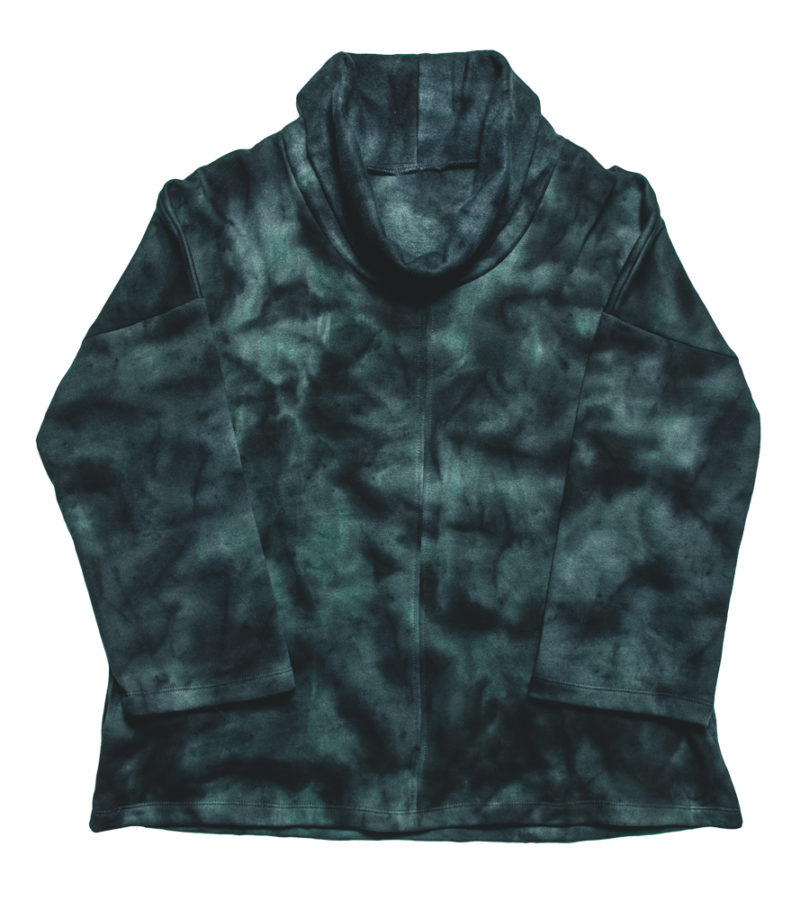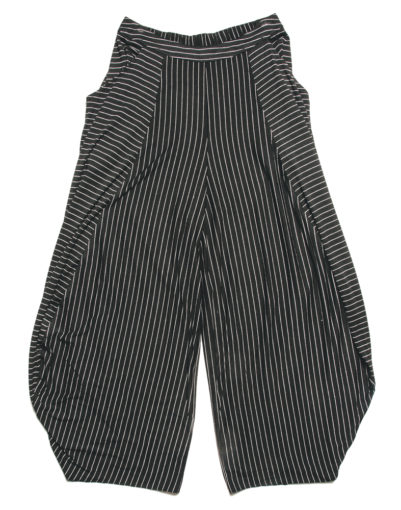Comfortable, cool and natural: Applying Ayurveda to your wardrobe

What you put on your body can be as important as what you put in when it comes to good health, according to Ayurveda. In the era of synthetic fabrics and tight skinny jeans, many of us often sacrifice comfort for fashion. Over time, though, wearing uncomfortable clothes can lead to a host of health complaints. Here are a few reasons why comfy clothing is easier on your body.
It’s more breathable
Your skin is the largest organ in your body, and it needs to breathe to stay healthy. Tight, synthetic clothes made of polyester and acrylic can trap heat against your skin (much like a plastic bag might!), causing discomfort, irritation, skin rashes and even headaches. Fabrics like cotton, linen, flax, hemp, wool, cashmere and angora are natural fibers that allow the skin to breathe.
Look for pieces that fit well and feel good. Ideally, clothing should be comfortable and not too tight, especially around the stomach. If you like form-fitting styles, no problem! Just make sure you can move around, bend down and sit easily and comfortably without feeling constricted.
It supports good digestion & a healthy reproductive system
Wearing tight clothing for long periods of time, especially while sitting, can restrict circulation and disrupt Vata — the mind-body element (dosha) that governs all movement in your body, including the blood flowing through your arteries and veins. Constrictive clothing particularly affects Apana Vata, the downward-moving subdosha of Vata, which governs the genitourinary tract. Tightness around the waist and groin can disturb digestion by placing a strain on your stomach and intestines, which could impact digestion and elimination, the urinary tract and fertility health. Underwear that has a tight elastic waist or is made of polyester-blend fabric tends to hold heat in the area, instead of allowing it to naturally flow out.
Comfortable clothes and underwear made of breathable natural fabrics without tight waistbands allow your digestive and reproductive systems to function naturally. If you have a job that requires you to sit in one place for long periods, try to take frequent breaks to stretch, walk around and avoid retaining excessive heat in the genitourinary tract. You might also consider a standing desk that allows you to move around, stand or sit during the day. This is also important for promoting ojas, the substance that maintains life and promotes bliss and longevity. Too much heat can decrease your ojas production, as ojas thrives in a balanced environment.
What you put on your body can be as important as what you put in.

It’s better for your circulation
Tight clothing that constricts your waist, groin or legs can exacerbate poor circulation and varicose veins, according to the Cleveland Clinic. From the perspective of Ayurveda, varicose veins are primarily a Vata disorder caused by an imbalance in the subdosha Vyana Vata that leads to increased pressure affecting the valves and elasticity of the veins. Comfortable, loose-fitting clothing lets your veins do their job naturally, pumping blood throughout your body unheeded. Other tips for good circulation include: inverted yoga poses, elevating your legs when sitting for a long time and getting up to move around every 30 minutes if your work is stationary.
Tip: Dress according to the season
With cool, dry Vata season underway this fall and winter, it’s also important to dress seasonally and layer up with warm, natural fabrics. (Wool scarf and cable-knit sweaters, we’re looking at you!) Come spring and Kapha season, you can lighten those layers and mix in some cotton. And in the heat of summer, Pitta season, favor breezy, cooling styles in cotton, linen, hemp and other natural fabrics.
Valerie Brown is a yoga teacher and the creative content manager for Maharishi Ayurveda. This article was originally published in YogaIowa magazine in October 2018.


